
Peoples and Languages
Social Media
Leave comments, suggestions, keep an eye on news in our groups on VK, Odnoklassniki and Telegram channel
Peoples and Languages
Social Media
Leave comments, suggestions, keep an eye on news in our groups on VK, Odnoklassniki and Telegram channel


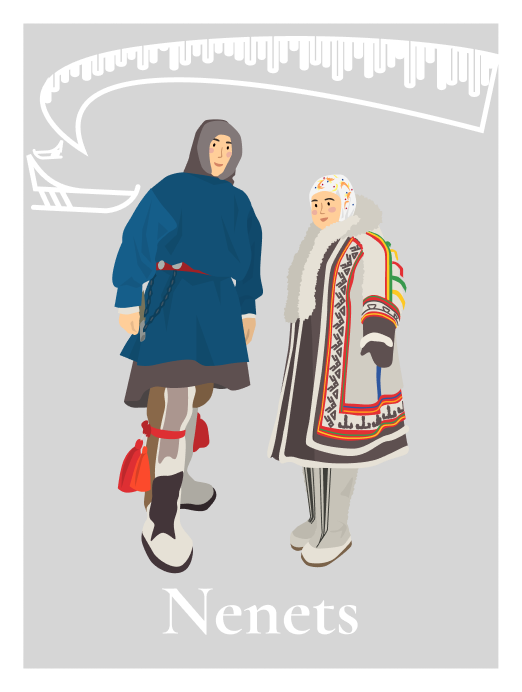
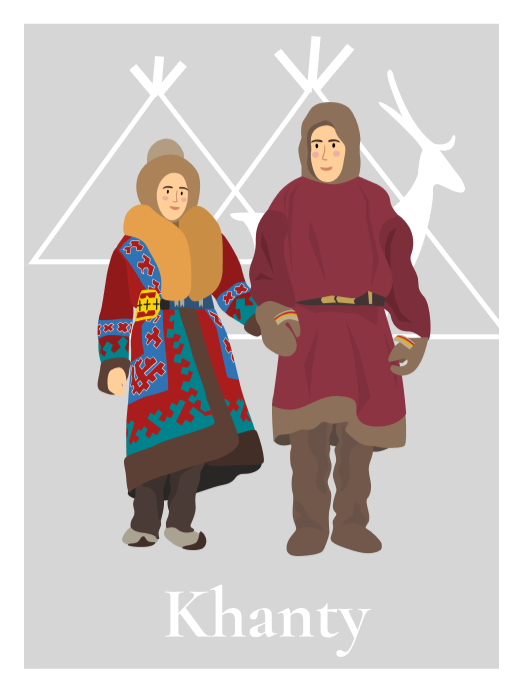


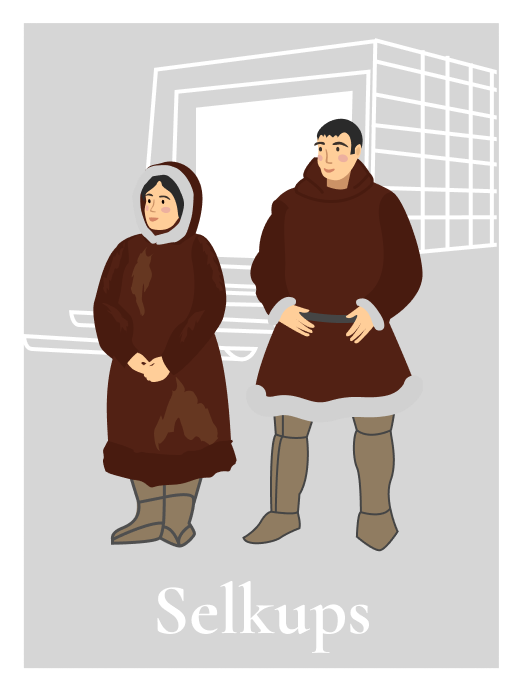
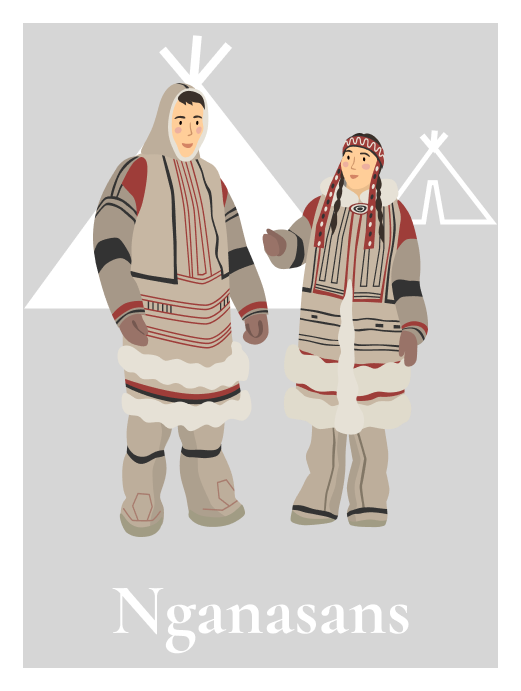
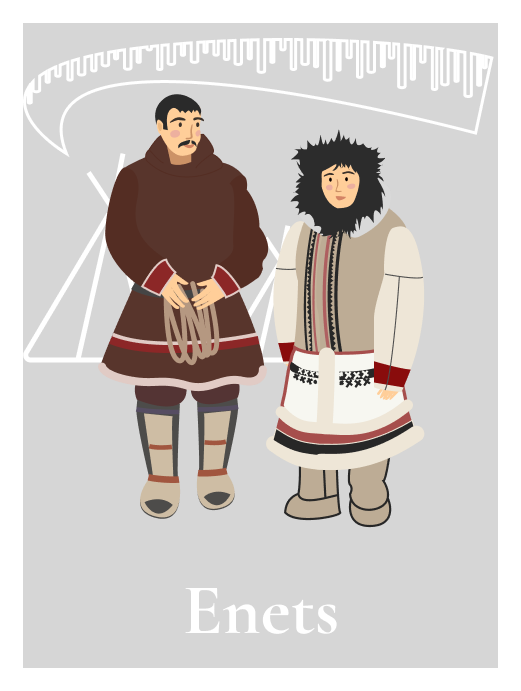
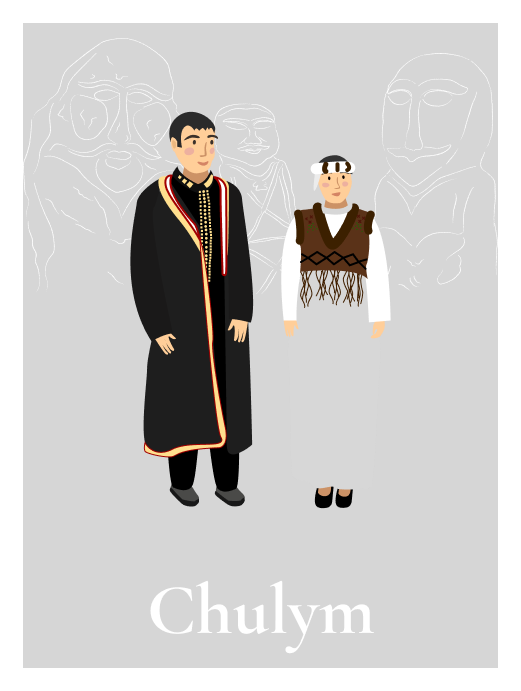
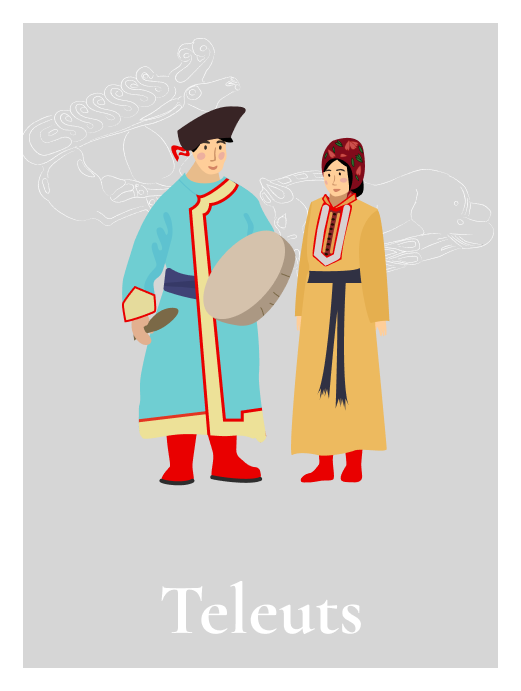


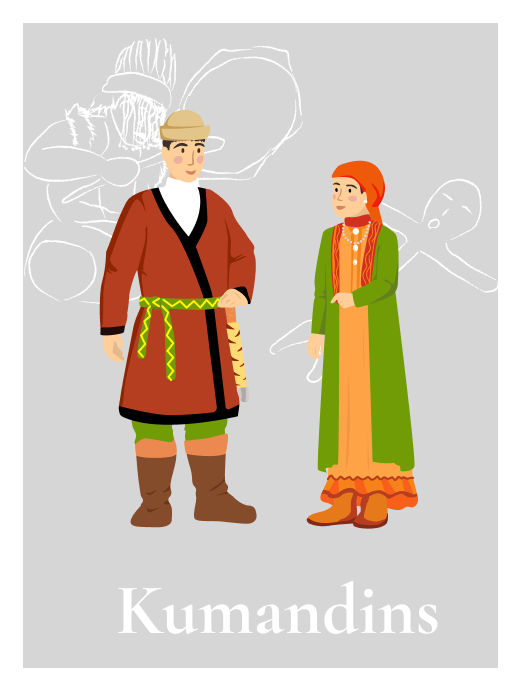

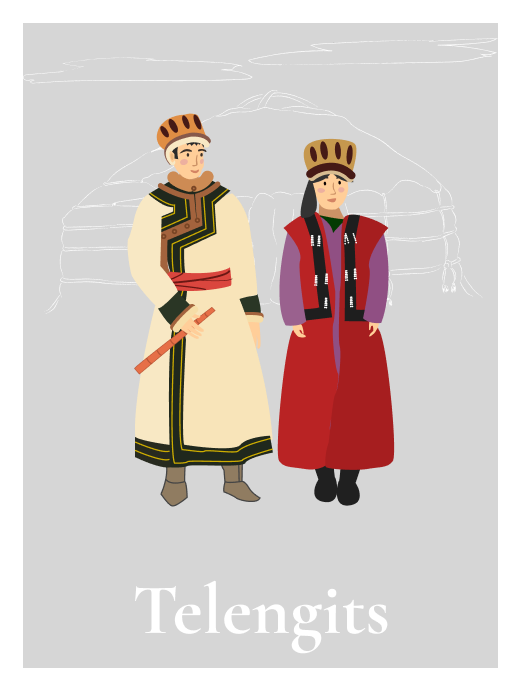

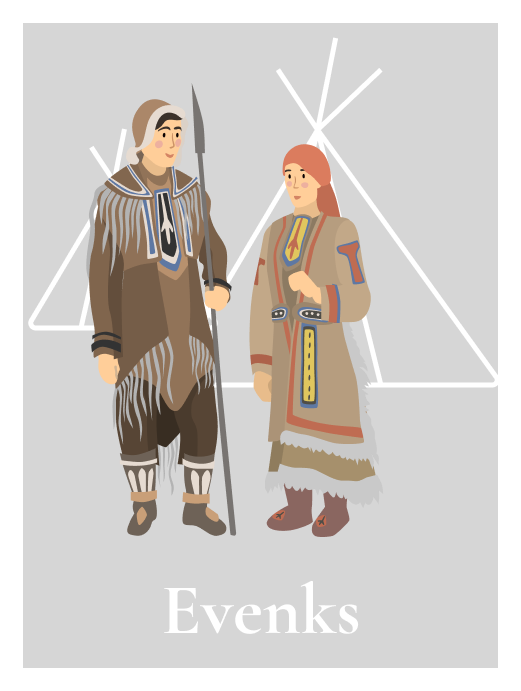
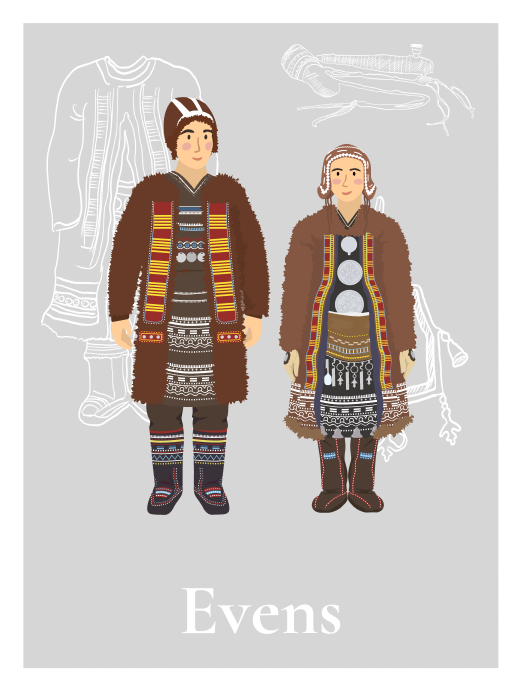
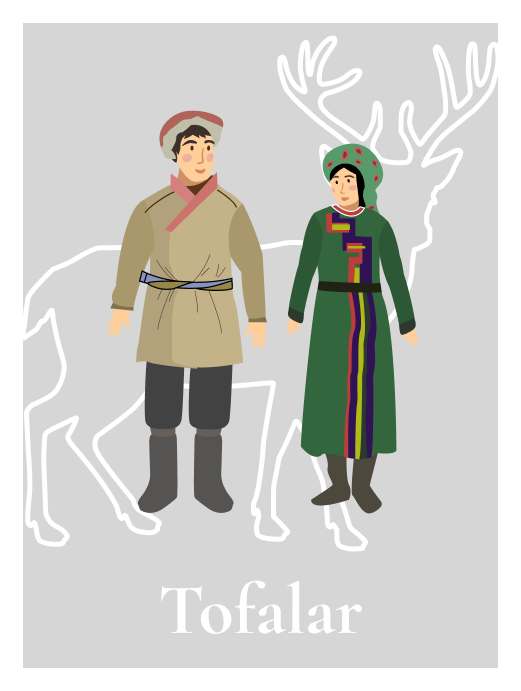
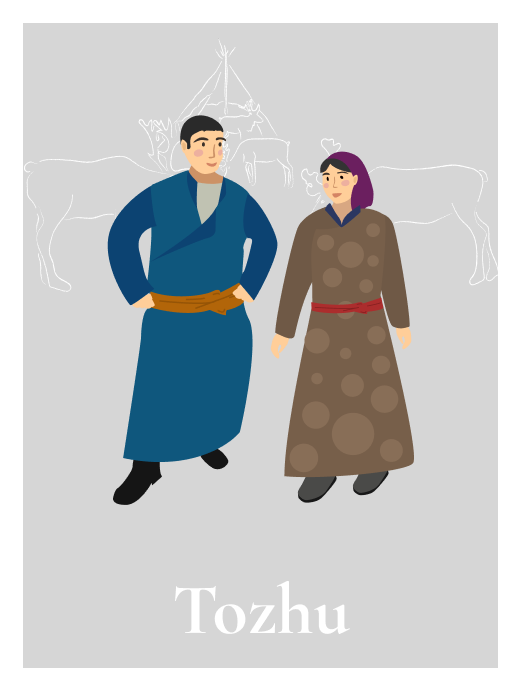
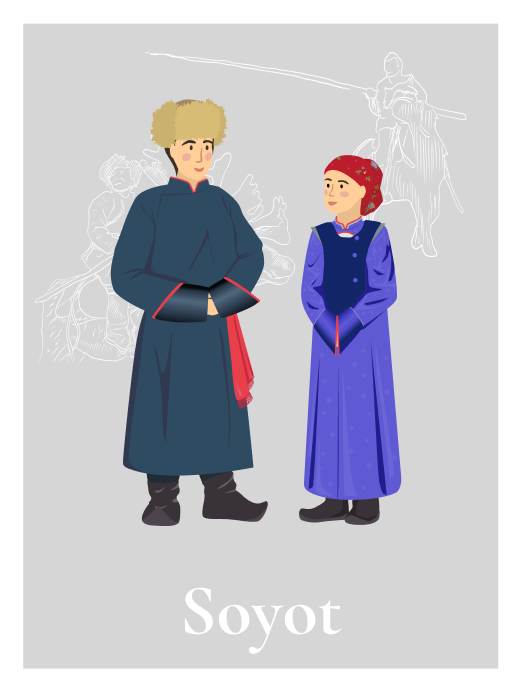
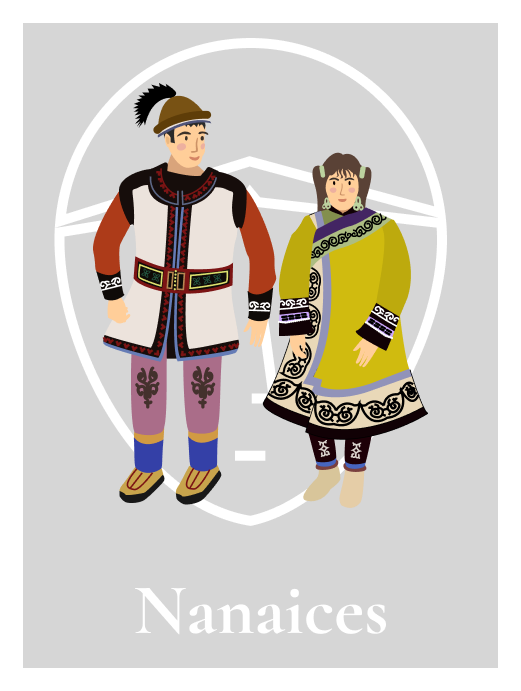
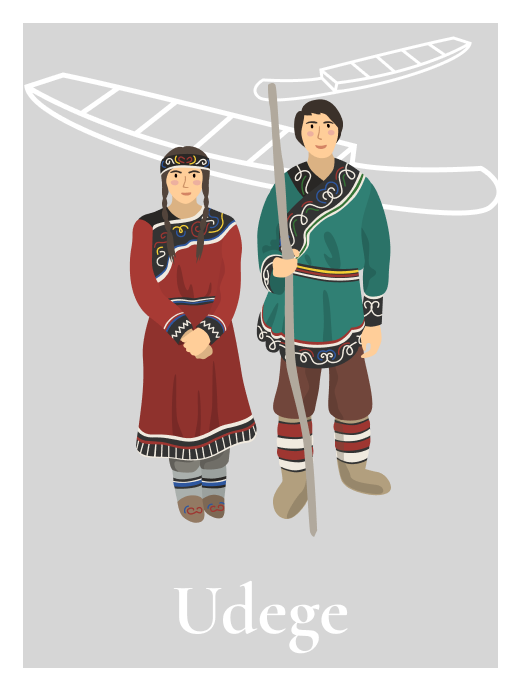

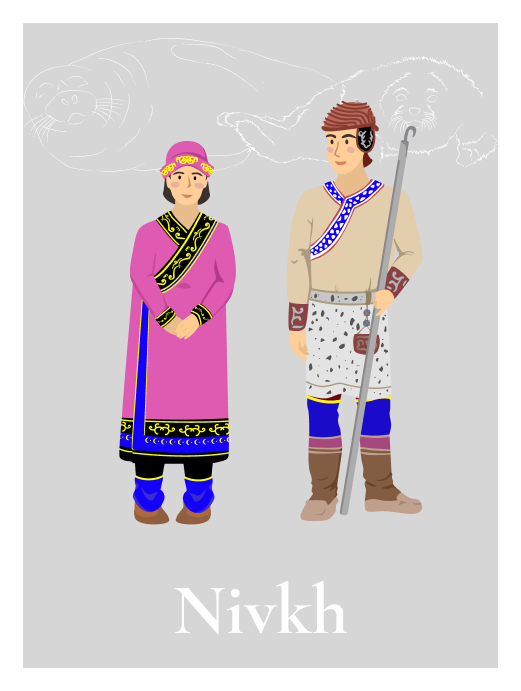
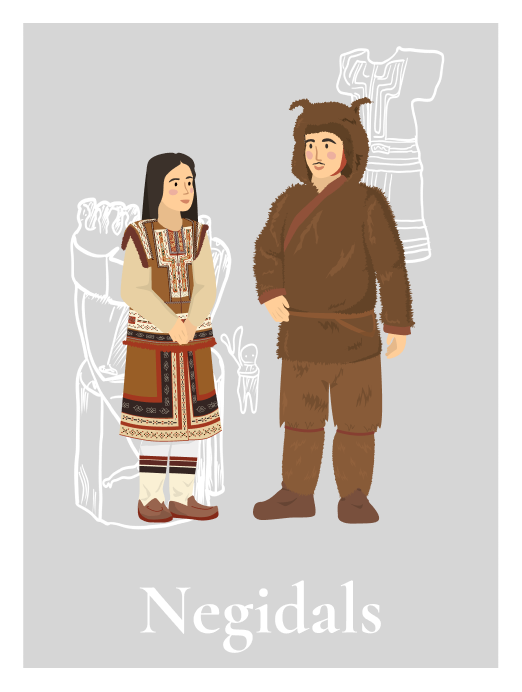
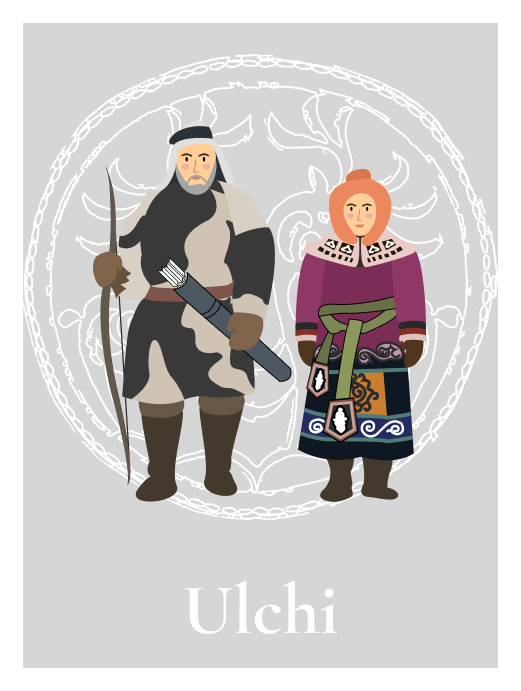


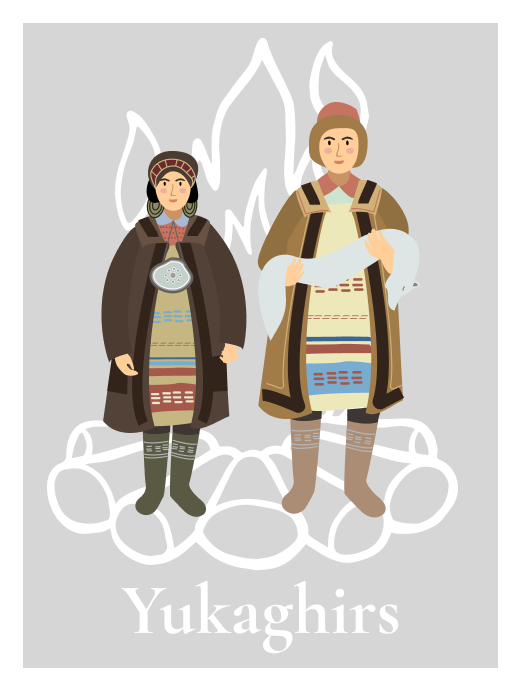
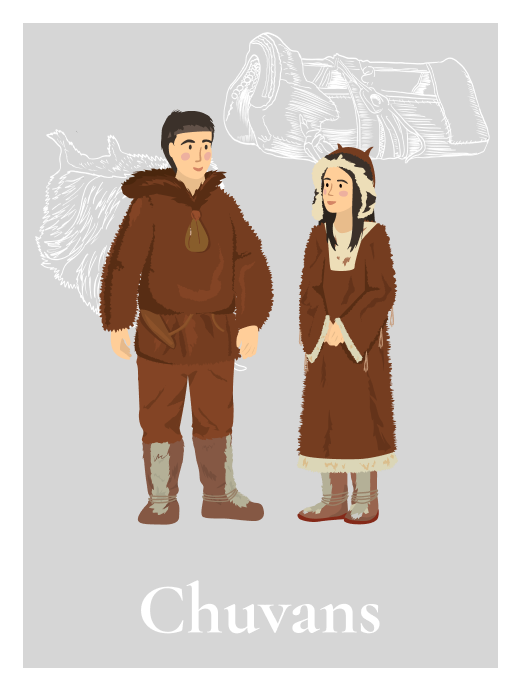
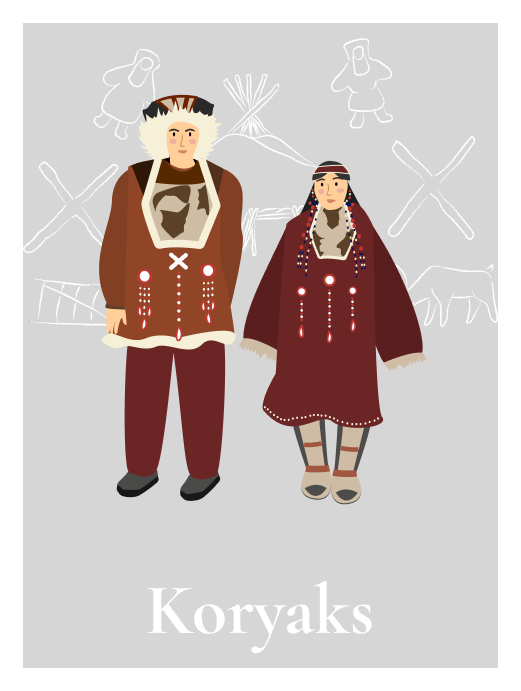

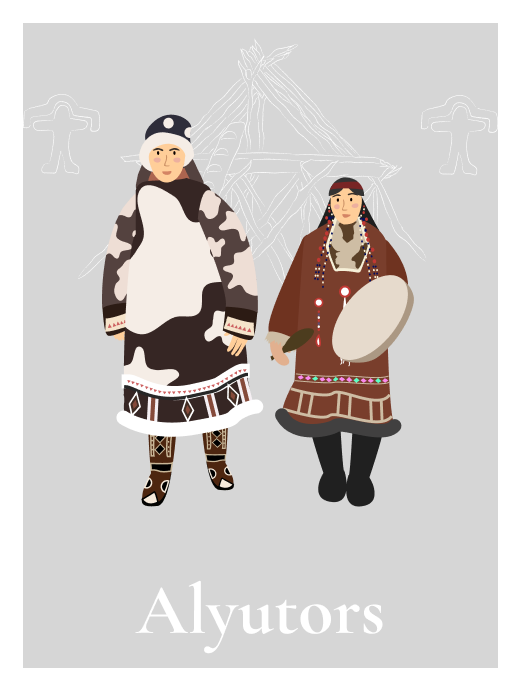


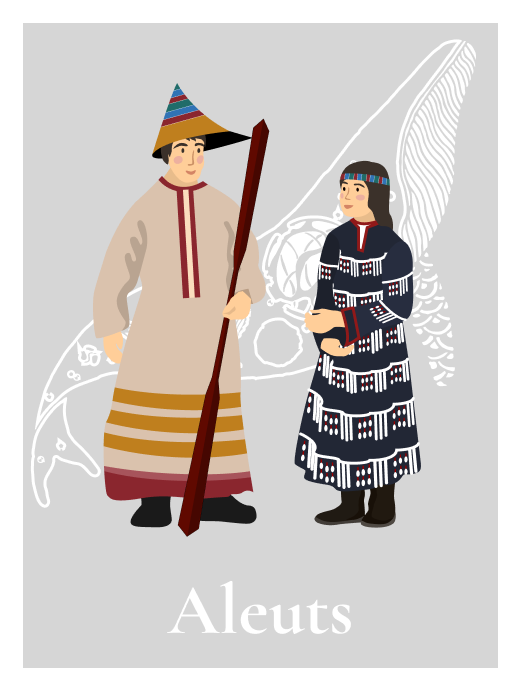

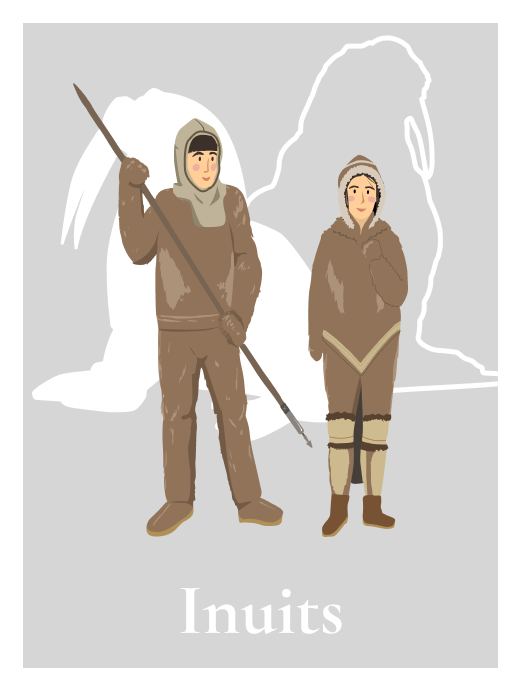
The language is frequently called simply “Yukaghir,” without qualifications. Vladimir Jochelson believed that the word “Yukaghir” was an exonym of Tungus origins (dyuke ghir “ice / cold people”). Sometimes, scholars used the terms “the Tundra dialect of Yukaghir” and the “Forest dialect of Yukaghir”; researchers, however, note significant differences between the two, and mutual understanding between speakers of these two idioms is very difficult, if at all possible.
Experts estimate the number of the language speakers at about 50 persons. The number of persons listing command of language in the 2010 Census: 370 persons (both languages). The number of respondents who listed Yukaghir as their native tongue in the 2010 Census and living in traditional native settlements: 229 persons in the Republic of Sakha (Yakutia) and 32 persons in the Chukotka autonomous area. The number of the ethnic group (per the 2010 Census): 1,603 persons. The number of the ethnic group in traditional settlements: 392 in the Republic of Sakha (Yakutia) and 35 in the Chukotka autonomous area.

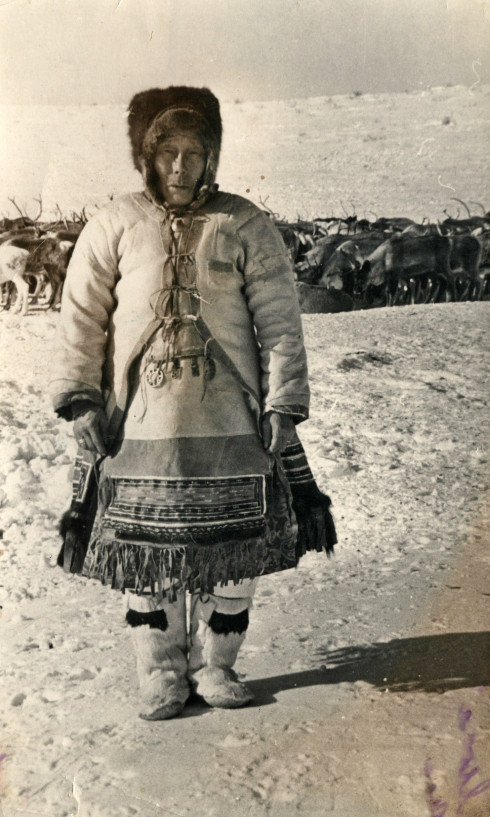
Yukaghir (“The Law on Languages in the Republic of Sakha [Yakutia]” does not distinguish between Northern and Southern Yukaghir) has the status of an official language in the Republic of Sakha (Yakutia), yet in reality, it has very limited use in official fields.